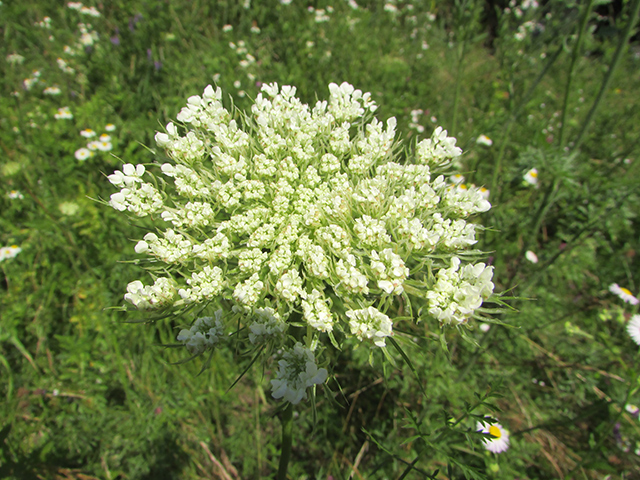The TCM practice of tongue evaluation found to help identify patients with metastatic liver cancer
07/22/2018 / By Ralph Flores

A diagnostic method in traditional Chinese medicine (TCM) has been found to be an effective marker for liver metastasis, according to researchers from the Tianjin Medical University. In particular, they found that the lingual flange – that is, the part of the tongue near the jaw – can be potentially used to detect liver metastasis in patients with malignant neoplasia. The finding, which appeared in the Journal of Traditional Chinese Medicine, makes use of tongue diagnosis to provide a link between lingual flange protrusion and metastatic liver cancer.
Metastatic liver cancer happens when cancer has spread from another part of the body to the liver. Since this type of cancer is metastasized from the original (primary) site, it is also referred to as a secondary liver cancer. In the U.S. and Europe, this type of cancer is more common than primary liver cancers like hepatocellular carcinoma and intrahepatic cholangiocarcinoma.
In the study, researchers identified that liver metastases could either be asymptomatic or present itself as a mass in the upper abdomen. However, early stages of lesions in the liver are difficult to diagnose as these do not have typical signs and symptoms. (Related: Researchers: Treat liver cancer with the anti-inflammatory and immunoregulatory properties of vitamin D.)
On the other hand, TCM has dealt with cancer for a long time. Ancient bone inscriptions have described tumors as early as 3,500 years ago. Moreover, the diagnosis and treatment of tumors have been discussed in ancient Chinese medicine, as well as various summaries of cancer pathogenesis and treatment strategies. They then looked at tongue evaluation, a procedure that has been used since 1600 B.C. in China. The procedure has been an integral part of TCM, as the tongue is “an outer manifestation of the human body,” and it reflects the condition of the internal organs.
In TCM theory, the lingual flange of the tongue represents the liver-gall organ, and any abnormalities found in the area is indicative of diseases of the representative organ.
For the study, researchers looked at the data of 191 patients with malignant neoplasia. The individuals were from the Tianjin Medical University Cancer Institute and Hospital, and data from May 2010 to April 2011 were gathered. They took photos of the patients’ tongue and recorded instances of lingual flange protrusion as the positive standard. The chi-square (?2) test was used to understand the diagnostic value of the two variables, while the Mann-Whitney U test compared the levels of serological markers of the liver. Other data included the predictive values of the lingual flange protrusion, alkaline phosphatase (ALP), and lactate dehydrogenase (LDH) levels.
The results showed that patients that had a lingual flange protrusion were more likely to get liver metastasis than those without it. Moreover, traditional diagnostic criteria and lingual flange protrusion did not show a significant difference. ALP and LDH, which are serological markers for metastatic liver cancer, fared similarly with lingual flange protrusion.
Researchers concluded that lingual flange protrusion is a reliable and straightforward indicator for liver cancer in patients who have a malignant neoplasm.
“Lingual flange protrusion is a potential diagnostic marker for liver metastasis of patients with malignant neoplasia,” the researchers wrote. “This study is meaningful to clinical practice and also provides new insight into tongue diagnosis of TCM.”
Learn more about the various benefits that TCM can offer by heading to ChineseMedicine.news today.
Sources include:
Tagged Under: alternative treatments, healing practices, lingual flange, liver metastasis, malignant neoplasia, metastatic liver cancer, natural healing, research, TCM, tongue diagnosis, traditional Chinese medicine



















